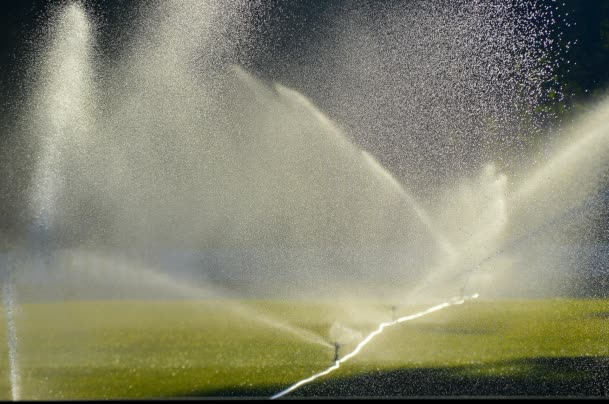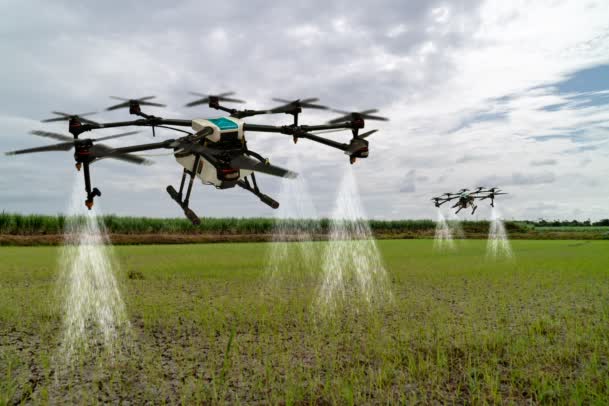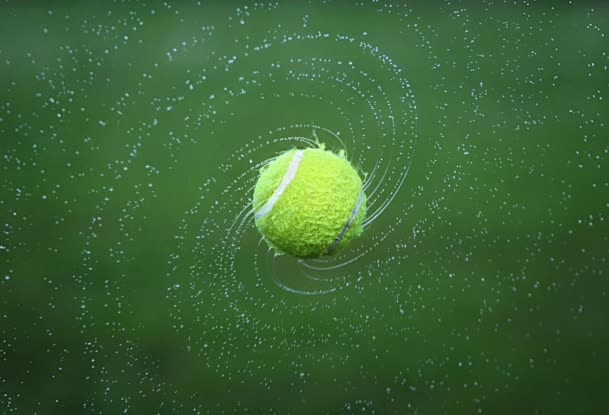- Innovation
- science
- life
- sustainability
- sustainable industry
A farmer's ghost
Drift , a real problem in modern agriculture
What you cannot see

To feed the world we need crop-protection products and good practices to spray them in the best possible manner.
Whether farmers spray crop protection products by backpack, conventional tractors, airplanes, or drones, there is an invisible problem they all face: Drift.
Drift is a technical term that refers to droplets of crop-protection products that never make it to their intended target. “Drift isn’t what you can see during an application, but what you cannot see. Visual estimates of off-target movement of spray particles are not an accurate representation of the actual drift that is occurring. “
Iowa State University Extension, IPM 68

Driftable fines is a technical term that refers to droplets that, on average, are 150 microns in diameter or smaller. They are invisible because the human eye cannot see anything smaller than 100 microns (a human hair).
These droplets tend to drift.
Up to 50% of a spray solution can be lost if the spray conditions are not optimized or when the spray is not carried out at the opportune time: It may be too windy, too hot.
This sort of thing happens every day, but most growers are not aware of drift, as it is an invisible problem.
In the best case drift becomes a waste of money, but for herbicides this could mean crop injury to a neighbor’s farm: imagine the organic farmer who needs to wait three years before obtaining a certification, just to have his neighbor drift chemical residues onto his crops (thereby invalidating his organic status. What If the wrong insecticide (e.g., and organophosphate) is sprayed via drone next to a school full of children: Then you get the picture.
These are worst-case scenarios that can be easily prevented by using the right type of pesticide, the right type of nozzle, and the correct tank-mix adjuvant.
Nozzles and adjuvants

Actually the crop protection manufacturers have done more and more research with nozzle manufacturers, and new nozzles are being developed and optimized for every end use imaginable but this is not enough: adjuvants (tank-mix or built in ) have been studied and need to be added to prevent the risk of drift.
Usually the best products contain a polymer like guar or polyacrylamide (PAM), but there are some advantages to natural polymers like guar.
Firstly guar biodegrades and PAM does not.
Secondly after re-circulating through a pump, the PAM will go through shear degradation and will lose its function as a drift reducer, whereas guar does not.
Moreover guar provides bounce-off protection (as it glues droplets to plant tissue) and in doing so, also provides for rainfastness, which means the pesticide can withstand a moderate rain event without complete washoff.
Lamberti is recognized in industry as a leading developer of tank-mix adjuvants and is leader in guar technology. We have develop a complete portfolio of drift-reduction solutions for every situation.
